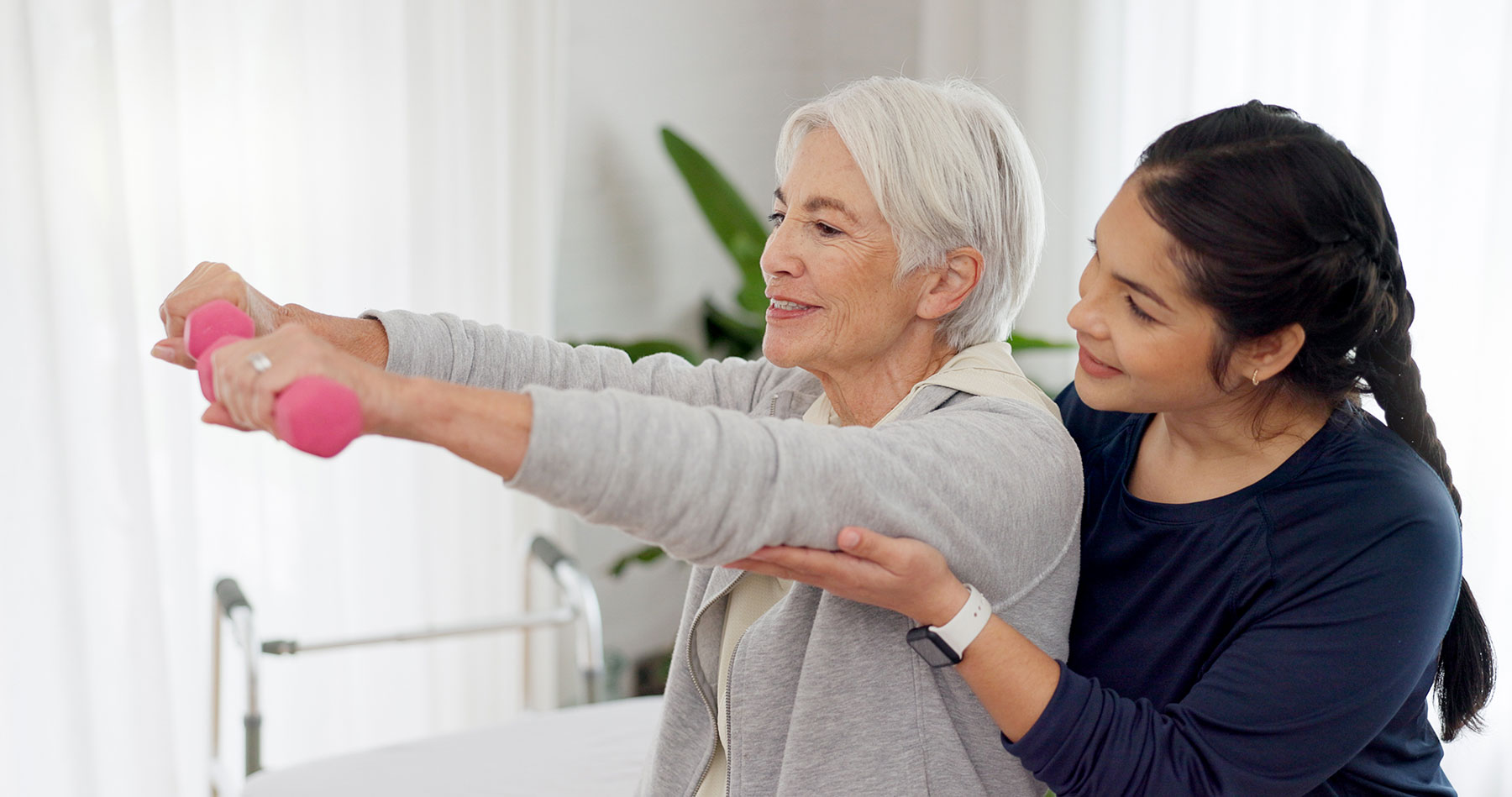

Do you find yourself struggling to get in or out of bed? Difficulty lifting or moving objects around the house? Poor tolerance to prolonged standing activities?
If you answered yes to any of these questions, you could be using poor body mechanics with activities of daily living.
According to UNC School of Medicine, recent studies have proven that about 80 percent of people in America will experience low back pain at some point over the course of their lives and the costs poured into healthcare for this condition are rising along with the number of cases.
It is important to understand there are correct and incorrect ways to handle these transitional movements that occur on a regular basis, and if done incorrectly, may be a contributing factor to your low back pain. Poor posture, muscle tightness, and core weakness may also be influencing your low back pain.
Several tips you should be aware of to reduce & prevent low back pain:
Log Rolling: Log rolling is a name used which refers to the proper & safe method you should use to get in and out of bed. Many times, when people are experiencing pain with this transition, there is stress to the low back musculature due to either twisting or forcibly pulling the body up to sitting. Performing a log roll to get in and out of bed will prevent and avoid this strain to the low back.
To perform a log roll when getting in your bed, you must first sit on the side of your bed. You should then bring the feet up to the bed and use your arms to lower yourself onto your side. Now you are on your bed and completely lying on your side, legs should be bent. You should then use your arms to push yourself onto your back while allowing the legs to roll with your body.
To perform a log roll when getting out of your bed you must first roll onto your side. Now that you are on your side, your legs should be bent, bring your feet forward to the edge of the bed. You should then use your arms to push into the bed to bring your trunk up, and while doing so, allow your feet to fall from the bed down towards the floor.
Lifting from the legs: Using proper body mechanics when lifting objects, like a basket of laundry for example, is important to prevent injury. When lifting an object from the floor, first you must have a good base of support, meaning allow your feet to be a little more spaced apart than hip width. Then bend your knees to lower yourself to pick up the object (like a squatting motion). When grabbing the object, it is important to keep your arms close to your body. Once you have a hold of the object, use your legs to help you stand up by straightening out the knees. Once you are standing up straight with the object you may carry and place it to the desired location. Be aware to keep your nose and toes pointing in the same direction so no twisting is involved in the process.
Posture: Standing with poor posture can also lead to low back pain and other joint pain. When in the standing position it is important to avoid being flexed forward, and focus on standing up straight. Try to keep in mind of keeping the shoulders back and a tight tummy.
Stretching: There are several muscles involved that can lead to low back pain if they are not stretched on a regular basis. Some of the muscles to target to decrease low back pain would include, hamstrings, quadriceps, glutes, piriformis, psoas, and calve muscles.
Core stabilization: Targeting core strength and stability will help to reduce strain and stress on the low back. A simple exercise to help initiate core stabilization is as simple as a cough. If you place your fingers on your lower stomach (below and to the side of the belly button), when you cough you will feel these muscles tighten up. After you have experienced that muscle contraction, attempt to contract the muscle without the cough. This exercise targets your transverse abdominus muscle.
For safe exercise progression or any questions or concerns, feel free to contact us during our office hours. Town & Country is here to help!
Image by rawpixel.com